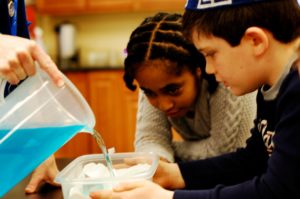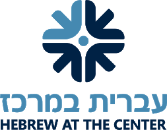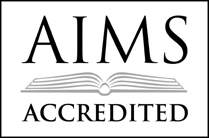Teaching STEM (Science, Technology, Engineering, and Math) at JPDS-NC
April 16, 2015 by
 The concept of teaching STEM is designing curriculum to include science, technology, and engineering in an applied approach. True STEM education provides opportunities for students to practice designing and implementing real-life science experiences at all ages. What does that look like in an elementary school classroom?
The concept of teaching STEM is designing curriculum to include science, technology, and engineering in an applied approach. True STEM education provides opportunities for students to practice designing and implementing real-life science experiences at all ages. What does that look like in an elementary school classroom?
It involves diving deeper into a topic and spending more time, rather than just running through a list of facts and concepts. When the fifth graders learned about electric circuits, they spent weeks learning and exploring. First they explored the various ways circuits and switches work, learned some vocabulary, and tested and designed guided experiments as well as answered their own questions. Then they were challenged to apply what they learned by creating their own circuit quiz board.
It involves designing and modeling. When the fourth graders learned about navigational tools in the Science Lab, they researched modern and ancient tools and then built models to demonstrate to their classmates how they work. In third grade, the students learned about the steps taken to clean drinking water and modeled them in the Science Lab. They were then challenged to build their own filtration system. It involves cooperation between teachers and creating interdisciplinary connections. Second graders planted parsley with their Hebrew and Judaic Studies teachers to learn about the holiday of Tu B’shvat and to bring home parsley for the Seder plate. Meanwhile, in the Science Lab they learned about the life cycle of a plant and grew Wisconsin Fast Plants from seed. They graphed the growth of the plants, observed the changes and even pollinated the plants to provide seeds for next years’ second grade.
It involves providing opportunities for students to practice applying STEM skills. For their independent inquiry projects, the sixth graders studied physics, chemistry, and biology and designed experiments with measurable results. They applied the scientific method and worked diligently, paying attention to reducing human error. They thought of testable questions, designed experiments, and applied important problem-solving skills when their work didn’t go as expected. Each student innovated as they worked, whether it was designing new methods to build bridges and ramps or collecting and counting bacteria at home. They also successfully communicated to peers, parents and guests about their experiments by presenting a complex, multi-step project in a clear, concise three- to five-minute presentation. Experiments included testing the effect of an earthquake on a building, the melting rate of different types of chocolate, the dissolving rate of sugar, the growth of bacteria at different temperatures, the impact of adding sugar to a plants’ growth rate, the effect of insulation on the melting
rate of an ice cube, and more.






